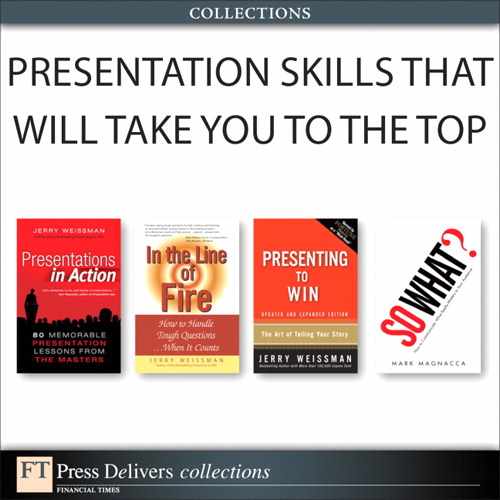9. Show versus Tell in Hollywood: The Wrong and the Right Way to Tell a Story
Lesson One in Screenwriting 101: Show Don’t Tell. In a well-made film, the story advances by action. In a lesser film, the story advances by exposition, with the characters describing the action. In an inferior film, the story is advanced by an unseen narrator.
The latter technique is drawn from books, where, because of the absence of visual images, the unseen author must describe the images and the action. In books, the art of telling the story is in the author’s narrative word craft; in films, the art of telling the story is in the director’s camera and editing choices. In presentations, the art is in the value the presenter adds beyond what the audience sees on the slides.
Three major films provide three different directorial approaches to cinema storytelling: Gus Van Sant’s Milk, David Fincher’s The Curious Case of Benjamin Button, and Woody Allen’s Vicky Cristina Barcelona. The first two use a principal character as an onscreen narrator to advance the story. In Milk, Sean Penn carries the narrative as the title character dictating his story into a tape recorder; in Benjamin Button, Cate Blanchett’s character carries the narrative as an old woman revisiting her life through her scrapbook. These films are, by any standard, excellent productions. Both have powerful performances, rich production values, and important themes, but both repeatedly interrupt the forward progress by returning to the narrator to tell the story. Each film has enough going on in the action to propel the story forward without having to resort to this disruptive narrative device.
The Woody Allen film also has a narrator, but it is an off-screen male who comments on the story instead of telling it. Mick LaSalle, the San Francisco Chronicle movie critic, noted this in his review: “Voice-over narration gets a bad rap because it’s often added as an afterthought to films that don’t hang together in the editing. But in Vicky Cristina Barcelona, the narration was built into the design, and it’s used extensively and effectively, placing us securely in the story.”F9.1
Follow Woody Allen’s example: Add value to your story by expanding beyond what is on your slides. Show your story in action by providing examples, case studies, analogies, analysis, benefits, and conclusions.
Show, don’t tell.
